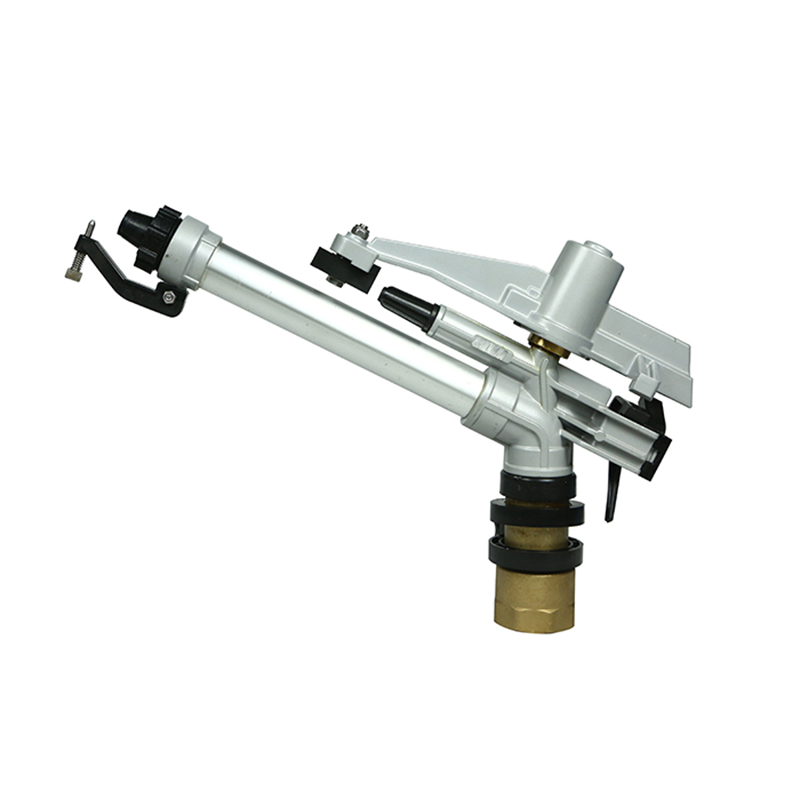What safety precautions should be followed when using spray guns?
When using spray guns, it’s essential to prioritize safety to prevent accidents and ensure proper handling of the equipment.
Here are important safety precautions to consider:
- Read the Manual: Familiarize yourself with the manufacturer’s instructions and guidelines provided in the user manual before using the spray gun.
- Protective Gear: Wear appropriate personal protective equipment (PPE) such as goggles, gloves, a respirator or mask, and coveralls to shield yourself from paint or chemical exposure, fumes, and overspray.
- Ventilation: Work in a well-ventilated area or use exhaust fans to reduce the concentration of fumes and ensure adequate air circulation.
- Avoid Ignition Sources: Keep the spray area free from potential ignition sources like open flames, sparks, or hot surfaces, especially when using flammable materials.
- Electrical Safety: Ensure that electrical connections, if applicable, are secure, and use equipment with grounded cords to prevent electrical hazards.
- Stable Setup: Securely position the workpiece and ensure the spray gun is stable to avoid accidental tipping or movement during operation.
- Proper Spray Distance: Maintain the recommended distance between the spray gun nozzle and the surface being sprayed to prevent excessive buildup or uneven coating.
- Prevent Overexposure: Limit exposure to paint or chemical fumes by taking breaks in a well-ventilated area and avoiding prolonged or continuous spraying without breaks.
- Cleaning and Maintenance: Follow proper cleaning procedures after each use to prevent clogs and malfunctions. Disconnect and depressurize the gun before cleaning.
- Storage: Store paints, solvents, and spray equipment in a secure, well-ventilated area away from heat sources and where children or unauthorized persons cannot access them.
- Training and Supervision: Ensure that operators are adequately trained in using the equipment and supervise inexperienced users to prevent accidents.
- Emergency Preparedness: Have a first-aid kit, fire extinguisher, and emergency eyewash station readily available in case of accidents or spills.
- Inspect Equipment: Regularly inspect the spray gun for any signs of damage, wear, or malfunction and address issues promptly before use.
- Follow Material Guidelines: Use compatible materials recommended by the manufacturer for the spray gun to prevent damage or malfunction.
Following these safety precautions helps minimize the risk of accidents, protects against exposure to hazardous materials, spray gun factory and ensures the safe and effective use of spray guns in various applications.
How do environmental factors, such as temperature or humidity, impact the performance of spray guns?
Environmental factors, including temperature and humidity, can significantly impact the performance of spray guns, affecting the quality of the sprayed material and the efficiency of the painting or coating process:
- Temperature:
- Viscosity Changes: Temperature influences the viscosity of paints or coatings. Higher temperatures can reduce viscosity, making the material thinner, while lower temperatures increase viscosity, making the material thicker. Adjustments to the spray gun settings may be necessary to accommodate these changes.
- Drying Time: Temperature affects the drying time of sprayed materials. Warmer temperatures may accelerate drying, potentially leading to quicker drying of paint on the gun or in the nozzle, necessitating more frequent cleaning.
- Material Atomization: Extreme temperatures can impact the atomization of materials sprayed by the gun. Very high or low temperatures may affect the spray pattern and the quality of the finish, leading to uneven coating or overspray.
- Humidity:
- Material Evaporation: High humidity can slow down the evaporation of solvents or moisture in the paint or coating material. This can affect the drying time and curing process, potentially leading to longer drying times and compromised adhesion.
- Moisture Control: Excessive humidity may introduce moisture into the compressed air supply used for spray guns. Moisture in the air can cause water droplets to mix with the sprayed material, leading to defects like blushing or surface imperfections in the finish.
- Spray Pattern: In extremely humid conditions, the spray pattern may be affected due to increased moisture in the air, resulting in larger droplets or less precise spray distribution.
To optimize spray gun performance in varying environmental conditions, consider the following:
- Adjust Settings: Adjust the spray gun settings, such as pressure and nozzle size, to accommodate changes in material viscosity caused by temperature variations.
- Control Environment: Maintain a controlled environment by working in a well-ventilated area with suitable temperature and humidity levels for the sprayed material.
- Use Proper Ventilation: Ensure proper ventilation to reduce the impact of humidity on material drying and prevent moisture-related issues.
- Monitor and Adjust: Monitor material behavior and adjust the spray gun settings or work conditions accordingly to achieve the desired finish and application quality.
By understanding and managing the effects of temperature and humidity, spray gun users can optimize their performance, ensuring consistent and high-quality finishes in various working conditions.

